Why Whitening Strips Hurt Top 5 Reasons
Teeth whitening strips are a popular way to achieve a brighter smile, but they can sometimes cause discomfort. Many users experience pain when using these strips, and understanding the reasons behind this pain is crucial for anyone considering or currently using them. This article delves into the top 5 reasons why whitening strips can hurt, offering insights into the causes and potential solutions. From the common culprit of tooth sensitivity to the impact of improper application and underlying dental issues, we’ll explore the factors contributing to the discomfort. Knowing these reasons empowers you to make informed decisions about your oral care routine and take steps to minimize potential pain. Image of a person using whitening strips.
Sensitivity is the Main Culprit
Tooth sensitivity is the most frequently reported side effect of using whitening strips. The active ingredients in these strips, specifically hydrogen peroxide, can penetrate the enamel and reach the dentin, the layer beneath the enamel. This process can irritate the nerves within the teeth, leading to sensitivity. This sensitivity manifests as sharp, shooting pains or a dull ache, especially when consuming hot, cold, sweet, or acidic foods and drinks. This reaction is a common physiological response to the whitening process and can vary from mild to severe, depending on individual tooth structures and the concentration of the active ingredients.
How Whitening Strips Cause Sensitivity

The way whitening strips cause sensitivity involves the mechanism of how they whiten teeth. Hydrogen peroxide, the active bleaching agent, works by breaking down stains on the tooth’s surface and within the enamel. This process makes the enamel more porous, allowing the peroxide to penetrate deeper into the tooth structure. This increased porosity and the presence of the chemical irritates the nerves inside the teeth. As a result, the nerves become more susceptible to external stimuli, which is why cold or hot sensations become painful. This is why many people experience discomfort during the whitening process. This image illustrates how hydrogen peroxide affects the teeth.
The Role of Hydrogen Peroxide
Hydrogen peroxide is the star player in whitening strips, but it is also the primary cause of sensitivity. The concentration of hydrogen peroxide varies in different products, with higher concentrations often leading to greater whitening but also increased sensitivity. When hydrogen peroxide comes into contact with the teeth, it releases oxygen radicals that break down the stain molecules. However, these radicals can also irritate the nerve endings within the teeth, causing temporary or sometimes prolonged sensitivity. Understanding the role of hydrogen peroxide helps consumers choose products with lower concentrations or use them less frequently to manage the risk of discomfort. Hydrogen peroxide bottles image.
Gum Irritation from Whitening Strips
Besides tooth sensitivity, gum irritation is another common cause of pain associated with using whitening strips. The chemicals in the strips can come into contact with the gums, leading to inflammation, redness, and soreness. This irritation occurs when the strip’s edges are not correctly aligned with the teeth, allowing the chemicals to seep onto the gum tissue, or when the strips are applied for extended periods. Prolonged exposure to the chemicals can damage the delicate tissues of the gums, resulting in painful sensations and a burning feeling. Proper application techniques are essential to minimize gum irritation and associated discomfort. Image shows a person with irritated gums.
How Whitening Strips Affect Your Gums
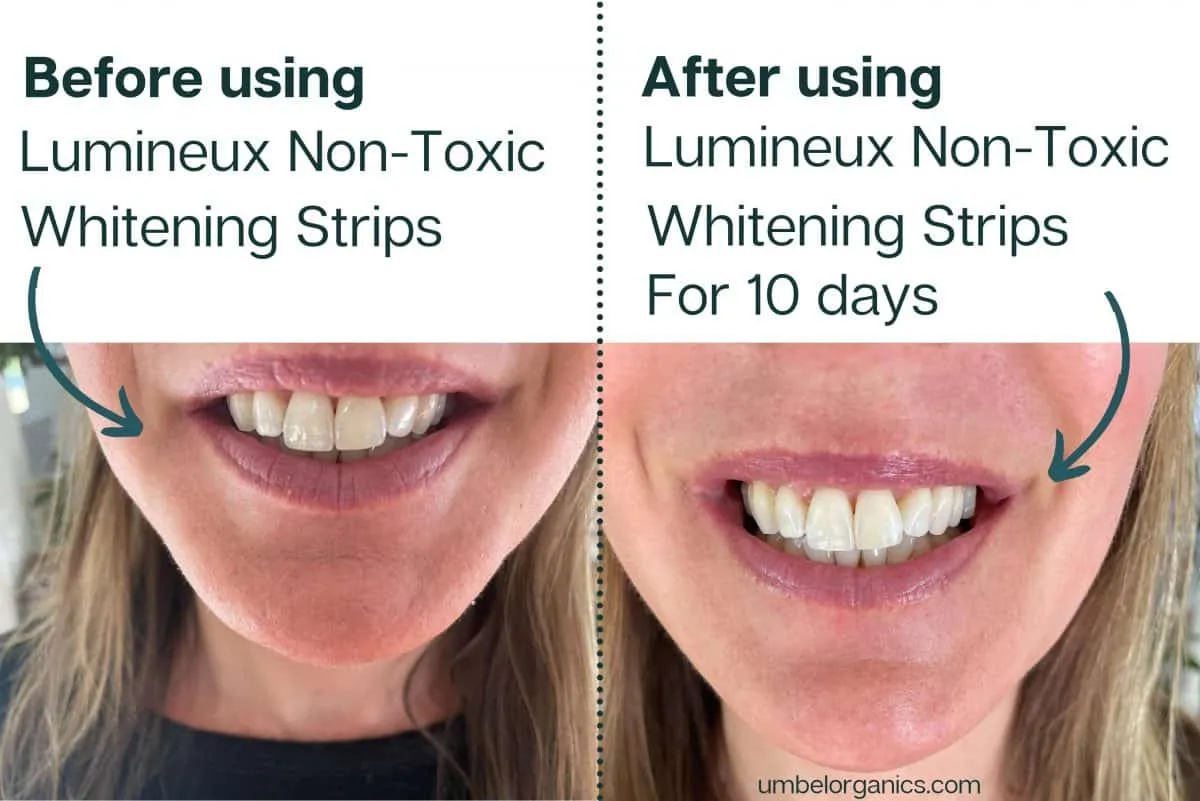
Whitening strips affect gums by causing chemical burns due to the concentrated chemicals in the product. The strips are designed to adhere closely to the teeth, but any overlapping onto the gums exposes the soft tissue to the bleaching agents. These chemicals can disrupt the cellular structure of the gums, leading to inflammation, redness, and pain. The extent of damage depends on the strength of the chemicals and the duration of exposure. This irritation can range from mild discomfort to significant pain and swelling, making it essential to follow instructions and be careful during application.
Signs of Gum Irritation
Recognizing the signs of gum irritation is crucial for timely intervention. Common symptoms include redness, swelling, and tenderness in the gums. Some users may experience a burning sensation or a white discoloration along the gum line, indicating chemical burns. If you notice any of these signs, it is advisable to stop using the whitening strips immediately and consult a dentist. Ignoring these symptoms can lead to further damage and complications. The image of gum irritation.
Underlying Dental Issues and Pain
Pre-existing dental issues can significantly worsen the pain experienced with whitening strips. If you have cavities, cracks, or other dental problems, the whitening agents can penetrate these areas more easily, directly affecting the sensitive nerves. These issues act as gateways for the chemicals, intensifying the discomfort and leading to sharp, shooting pains. Individuals with undiagnosed dental problems should address these issues before considering whitening strips. This is to prevent increased pain and potential damage.
Cracks, Cavities, and Whitening Strips
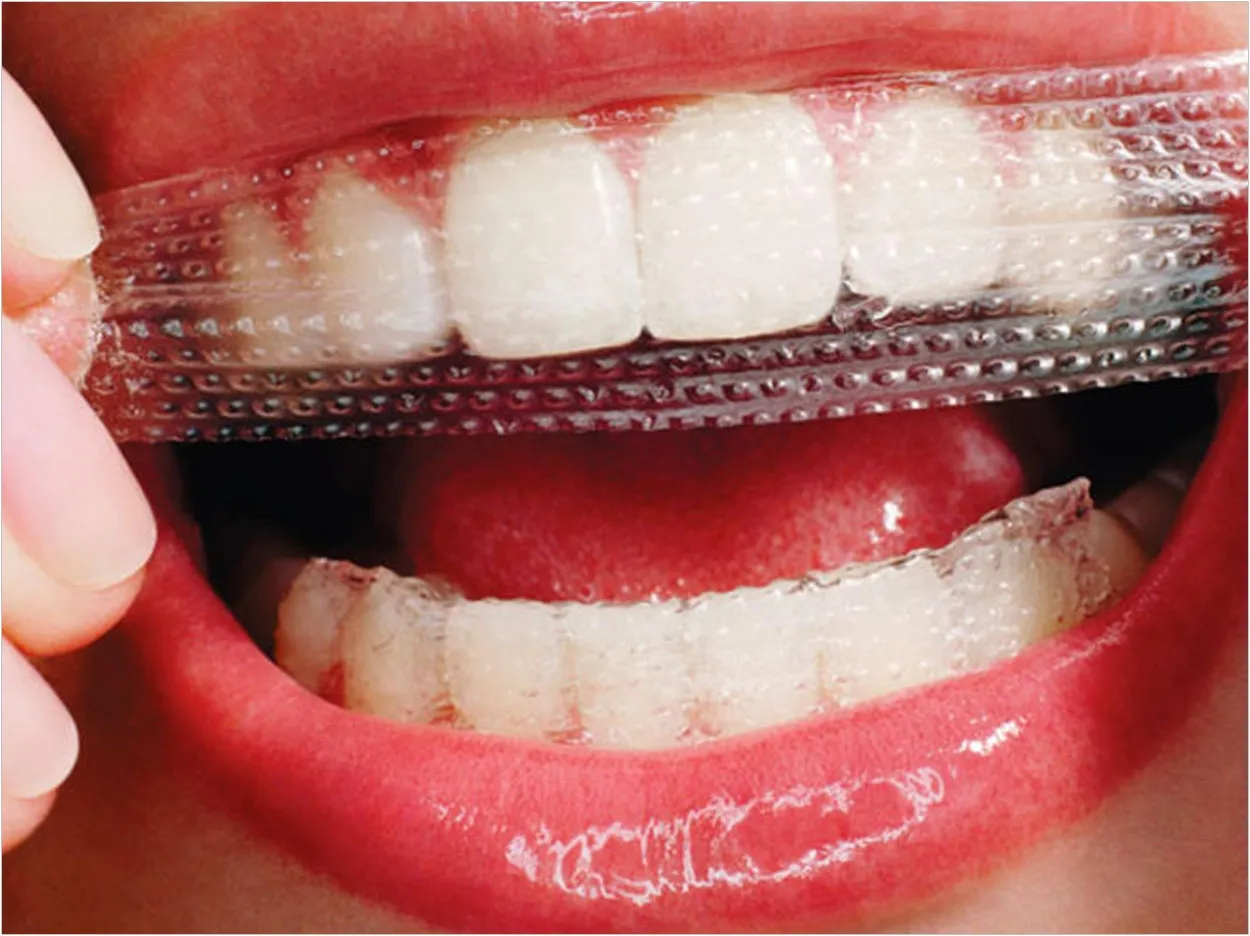
Cracks and cavities compromise the enamel’s protective layer, allowing hydrogen peroxide to penetrate deeply into the tooth structure. The chemicals can then reach the nerve endings, causing sharp, intense pain. Similarly, in areas with cavities, the weakened tooth structure is more susceptible to the effects of the whitening agents, increasing sensitivity and pain. Before using whitening strips, it is essential to ensure that any cracks or cavities are addressed by a dentist. This will prevent the intensification of pain and the risk of further dental complications. Image depicting cracks and cavities.
Pre-Existing Sensitivity
If you already have sensitive teeth, using whitening strips can exacerbate the problem. People with naturally thin enamel, receding gums, or a history of dental procedures are more likely to experience increased sensitivity. Whitening strips can intensify existing sensitivity, making it harder to consume hot or cold foods and drinks. For those with pre-existing sensitivity, consulting a dentist before using whitening strips is essential. They can recommend appropriate products or alternative methods to reduce the risk of pain. Image of sensitive teeth.
Improper Application Techniques
The way you apply whitening strips can significantly impact the level of pain you experience. Incorrect application can lead to both tooth sensitivity and gum irritation. It is very important to follow the instructions on the packaging. This includes ensuring that the strips are properly aligned with the teeth, avoiding contact with the gums, and not using them for longer than recommended. Incorrect application can allow the chemicals to seep onto the gums. Image shows how to apply whitening strips correctly.
Applying Strips Incorrectly
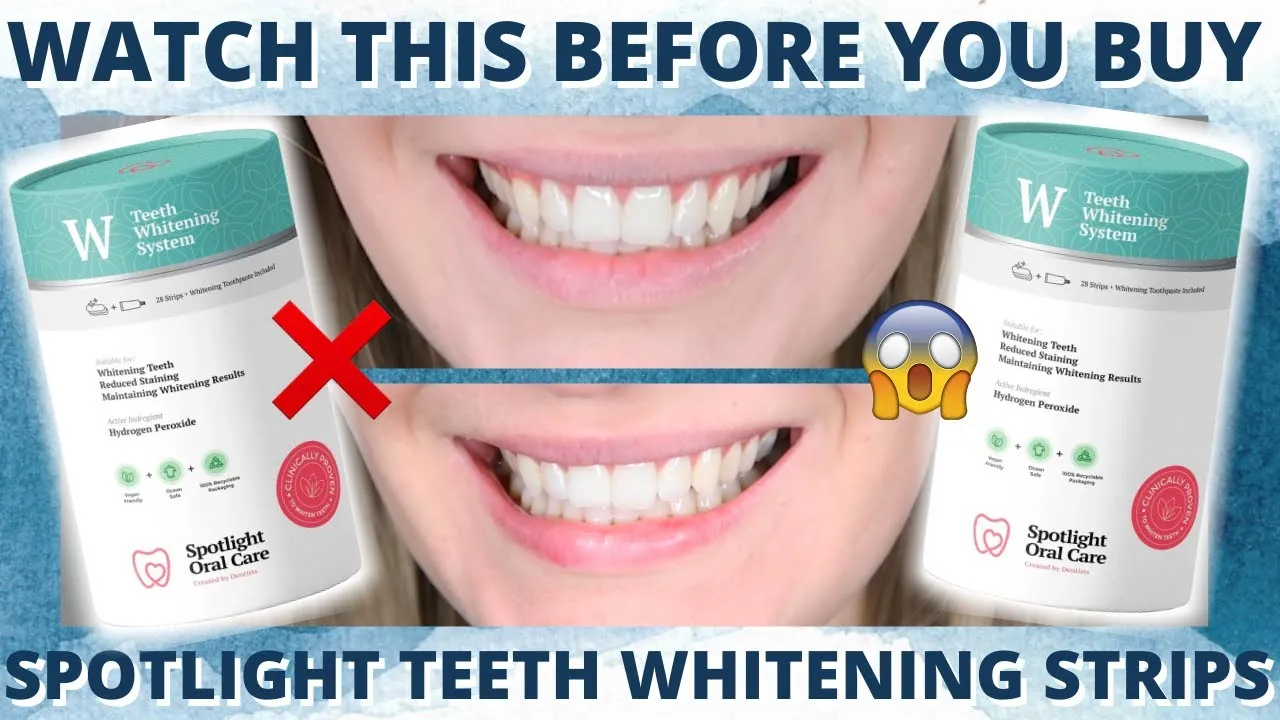
Incorrect application often involves misaligning the strips, allowing them to touch the gums, or folding them over the gum line. This exposes the sensitive gum tissue to the harsh chemicals in the strips, causing irritation, redness, and burning sensations. Additionally, applying the strips to teeth that are not completely dry can affect their adherence, leading to uneven whitening and potential chemical exposure. Taking the time to apply the strips properly, as instructed, is an important step in preventing or minimizing pain and irritation.
Overuse of Whitening Strips
Overuse of whitening strips, exceeding the recommended frequency or duration, can lead to an increased risk of pain and sensitivity. Using strips too often can erode the enamel over time, making the teeth more susceptible to sensitivity. Prolonged exposure to the whitening agents increases the likelihood of both tooth and gum irritation. It is essential to follow the manufacturer’s instructions closely regarding the frequency and duration of use. If you experience increased pain or discomfort, reduce the frequency of use or discontinue use. Overuse can also affect the long-term health of the teeth, so use them in moderation.
Ingredients in Whitening Strips
The ingredients in whitening strips, especially hydrogen peroxide, can contribute significantly to the pain experienced. Although hydrogen peroxide is the active bleaching agent, other components such as flavoring agents, stabilizers, and adhesive materials can also cause irritation. Some people may be sensitive to specific ingredients, which can lead to discomfort or allergic reactions. Checking the ingredient list and being aware of potential allergens is crucial for sensitive individuals. The presence of high concentrations of hydrogen peroxide is a significant factor in increasing the risk of sensitivity and pain. The image of the ingredients.
Common Irritants in Strips
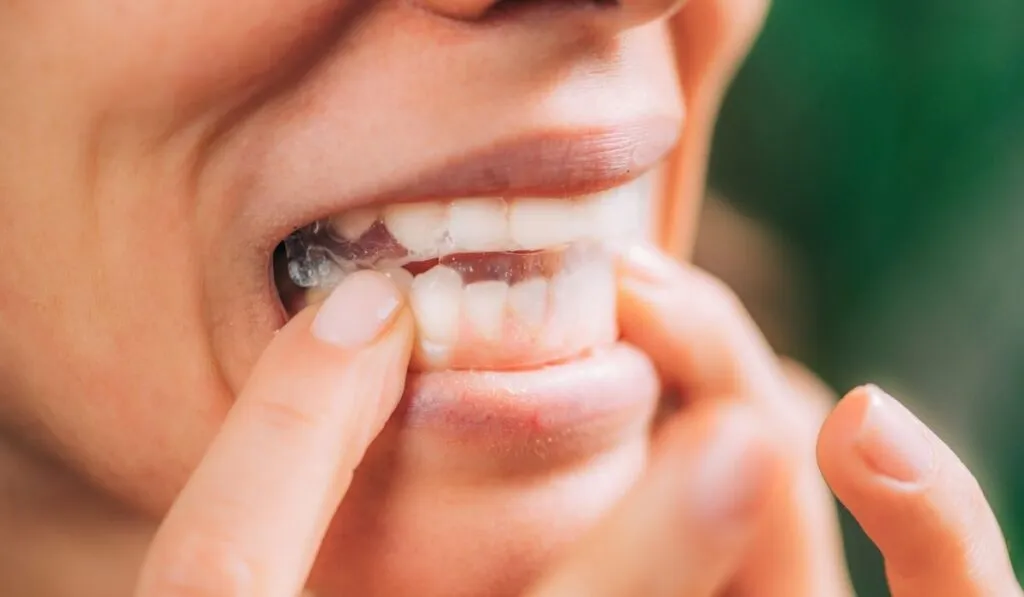
Besides hydrogen peroxide, other common irritants in whitening strips include flavoring agents like peppermint and sweeteners, as well as the adhesive materials used to hold the strips in place. These ingredients can sometimes cause allergic reactions or irritation, especially in people with sensitive gums or pre-existing allergies. Some strips contain preservatives that can cause irritation. To minimize these risks, opting for strips with fewer additives or natural ingredients might be beneficial. Image of ingredients on the package.
Alternative Whitening Methods
If whitening strips cause too much pain, several alternative methods can provide a brighter smile without the same level of discomfort. These include professional whitening treatments performed by a dentist, which can use stronger whitening agents under controlled conditions. Other options include whitening toothpastes, which contain mild abrasives and whitening agents to remove surface stains, and custom-fitted trays with lower-concentration peroxide gels. Choosing the right option depends on your specific needs and sensitivity levels, so consulting a dentist is highly recommended. Image of professional whitening.
Consulting Your Dentist
Before starting any teeth whitening treatment, it’s always best to consult a dentist. A dentist can assess your oral health, identify potential issues like cavities or gum disease, and recommend the most suitable whitening options for you. They can also discuss your sensitivity levels and suggest strategies to minimize discomfort. Professional guidance ensures a safer and more effective whitening experience and helps you avoid potential complications. Your dentist can also provide insights into which products have the proper ingredients. Image of a dentist examining a patient.
Professional Whitening Options
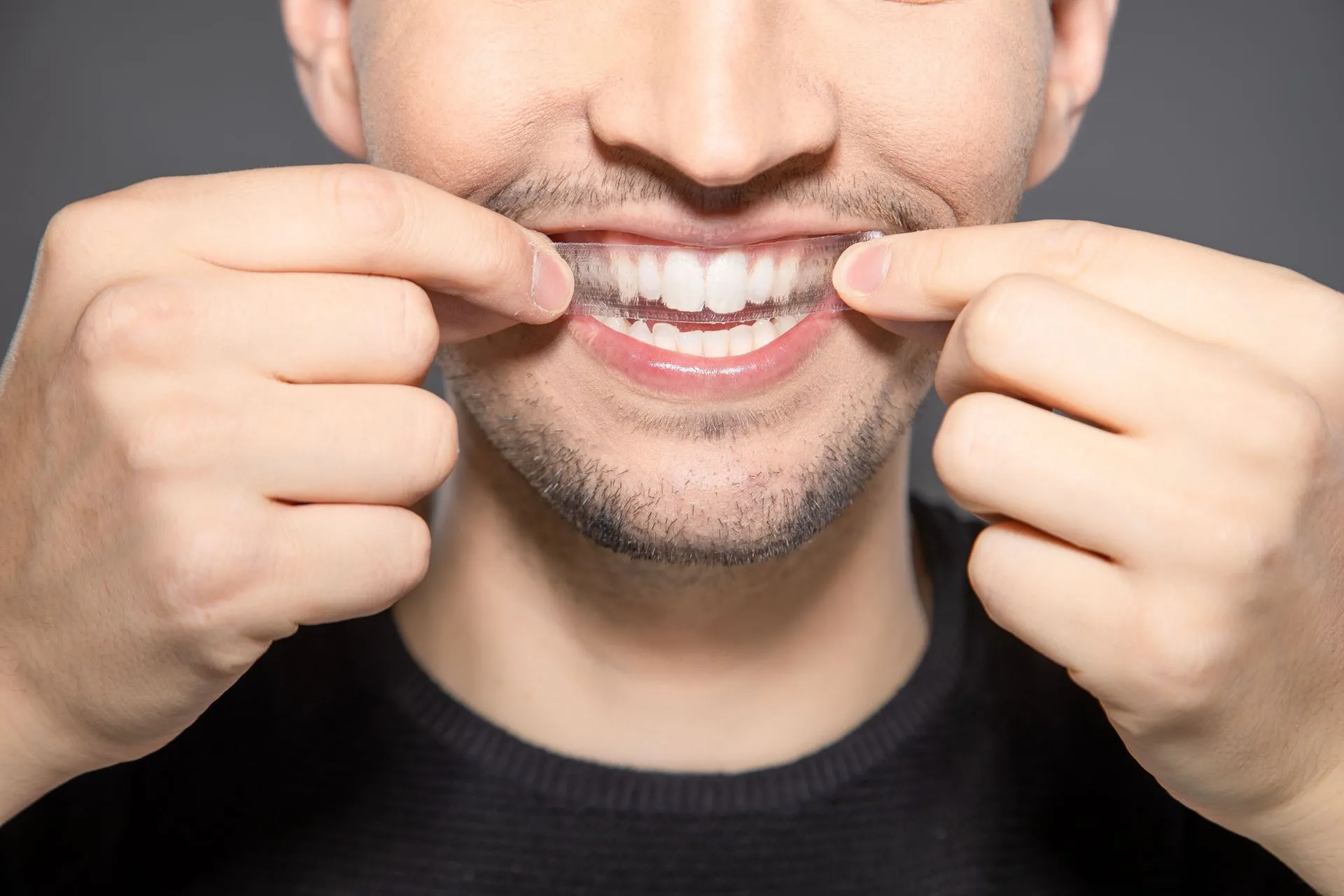
Professional teeth whitening offers several advantages over at-home treatments, including stronger whitening agents and careful application under professional supervision. Dentists can use high-concentration peroxide gels and apply them in a controlled manner, which minimizes the risk of gum irritation and sensitivity. They can also use techniques like light-activated whitening to enhance the process. Professional whitening treatments often provide faster and more dramatic results than at-home methods. This allows for more effective whitening without the same level of pain. The image of the dentist with light.
Managing Whitening Strip Pain
If you experience pain when using whitening strips, several strategies can help manage the discomfort. You can reduce the frequency of use or shorten the application time. Using a toothpaste designed for sensitive teeth can help desensitize your teeth. These toothpastes often contain ingredients like potassium nitrate or stannous fluoride, which block the pain signals from reaching the nerve endings. Avoiding hot, cold, and acidic foods and drinks during and after whitening treatment can also help reduce sensitivity. If the pain persists, consult your dentist for further advice and possible treatments. Image showing managing the pain.
